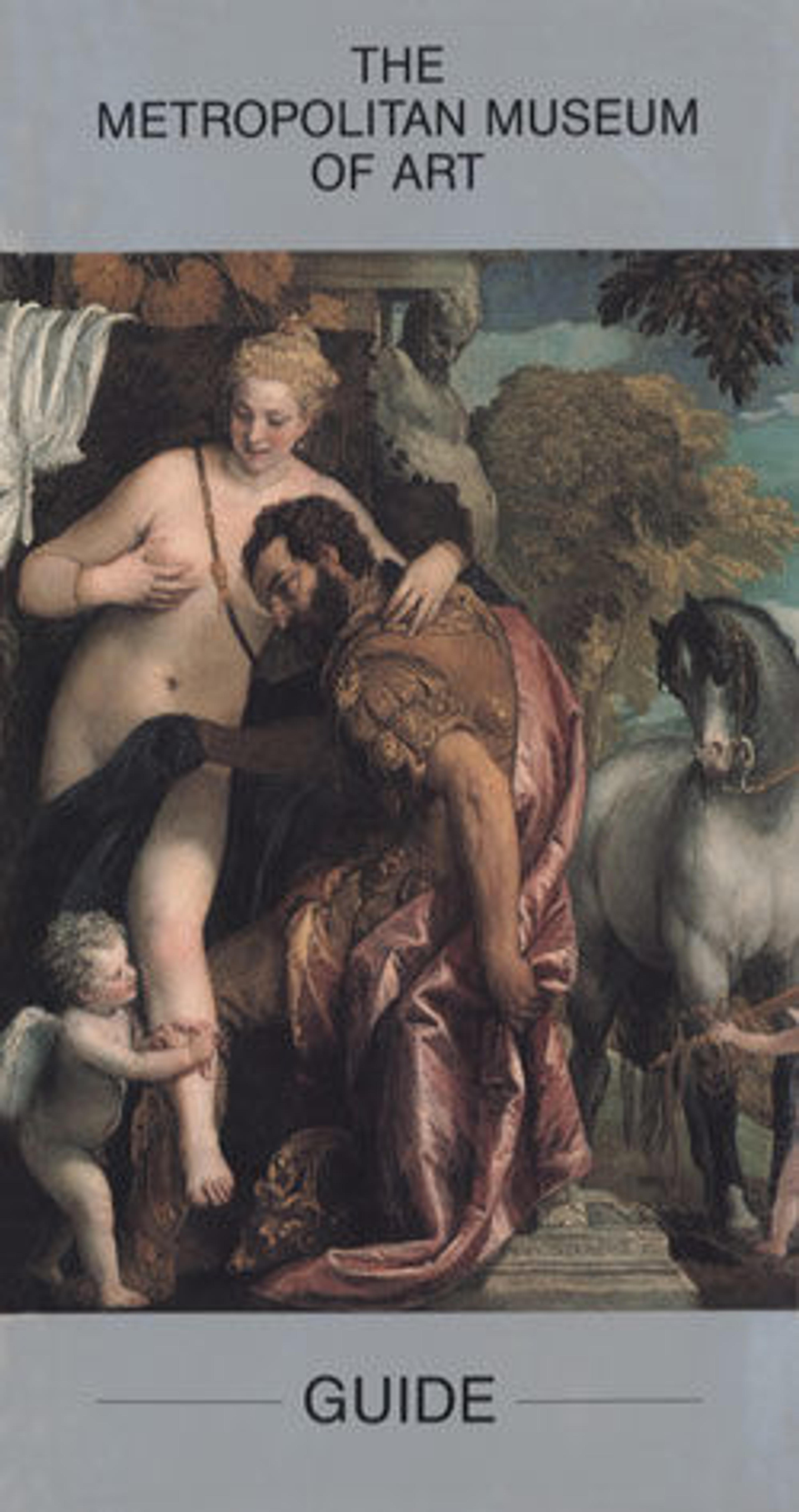Kimono-Shaped Coverlet (Yogi) with Lobster and Crest
Tsutsugaki, or “tube drawing,” is a freehand method of resist dyeing. For this technique, the artist first draws directly onto the cotton fabric by squeezing rice paste from a tube (tsutsu), similar to a pastry bag, and then dips the textile into indigo dye. Tsutsugaki textiles, such as the kimono-shaped coverlet on display, are often further embellished with hand-applied details, usually gray or red, which are painted on after the dyeing is complete.
When in use, warmly interlined yogi are spread over the sleeper, with the collar band fitting snugly under the chin and over the shoulders. These coverlets are often decorated with auspicious patterns to protect the sleeper from demons or bad dreams. Sometimes called “the old man of the sea” because of its bent back, the Japanese lobster (ise-ebi or kamakura-ebi) is a symbol of longevity and often appears on bedding. The large design on this yogi may refer to New Year’s celebrations.
When in use, warmly interlined yogi are spread over the sleeper, with the collar band fitting snugly under the chin and over the shoulders. These coverlets are often decorated with auspicious patterns to protect the sleeper from demons or bad dreams. Sometimes called “the old man of the sea” because of its bent back, the Japanese lobster (ise-ebi or kamakura-ebi) is a symbol of longevity and often appears on bedding. The large design on this yogi may refer to New Year’s celebrations.
Artwork Details
- 紺木綿地海老模様夜着
- Title:Kimono-Shaped Coverlet (Yogi) with Lobster and Crest
- Period:Meiji period (1868–1912)
- Date:mid-19th century
- Culture:Japan
- Medium:Plain-weave cotton, resist-dyed and painted with dyes and pigments (tsutsugaki)
- Dimensions:Overall: 67 x 58 1/4 in. (170.2 x 148 cm)
- Classification:Textiles-Costumes
- Credit Line:Seymour Fund, 1966
- Object Number:66.239.3
- Curatorial Department: Asian Art
More Artwork
Research Resources
The Met provides unparalleled resources for research and welcomes an international community of students and scholars. The Met's Open Access API is where creators and researchers can connect to the The Met collection. Open Access data and public domain images are available for unrestricted commercial and noncommercial use without permission or fee.
To request images under copyright and other restrictions, please use this Image Request form.
Feedback
We continue to research and examine historical and cultural context for objects in The Met collection. If you have comments or questions about this object record, please contact us using the form below. The Museum looks forward to receiving your comments.
